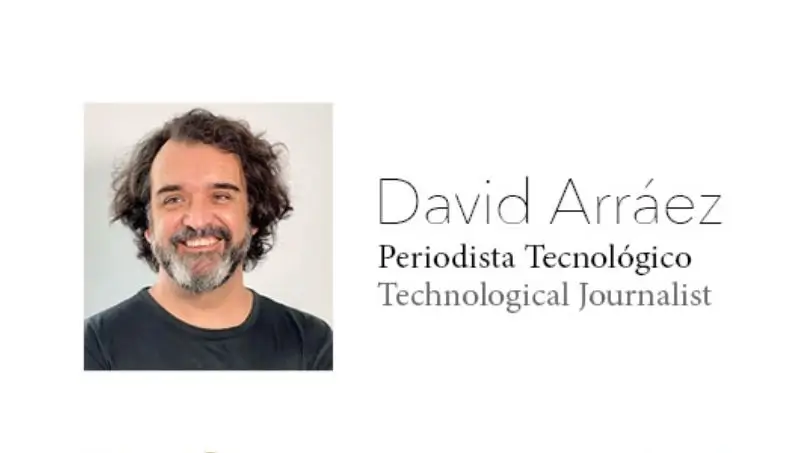 In an increasingly digitally connected world, the way we experience travel is constantly evolving. Mallorca, with its rich history, stunning beaches, and wonderful, unique culture, has always been a coveted destination for tourists from around the world. However, with the advent of technologies such as virtual reality (VR), the island is now accessible to even more people, thanks to a new form of tourism: virtual tourism.
In an increasingly digitally connected world, the way we experience travel is constantly evolving. Mallorca, with its rich history, stunning beaches, and wonderful, unique culture, has always been a coveted destination for tourists from around the world. However, with the advent of technologies such as virtual reality (VR), the island is now accessible to even more people, thanks to a new form of tourism: virtual tourism.
With devices such as the Apple Vision Pro, virtual reality offers an amazingly immersive experience that can simulate visits to remote locations with an impressive level of realism. This technology not only makes it possible to explore hard-to-reach places, but also provides a sustainable and accessible alternative for those who, for various reasons, are unable to travel there physically.
So, let’s imagine… Imagine putting on a pair of virtual reality goggles and suddenly finding yourself at the top of Puig Major, with incredible panoramic views of the Mediterranean. Or virtually strolling through the cobbled streets of Ciutat’s old town, listening to the real ambient sound, a sound that makes this experience almost as real as being there yourself.
This technology is not limited to a static view, but allows you to interact with your surroundings: you can get up close to see details of the Gothic architecture of Palma Cathedral or explore contemporary art in the Es Baluard museum, all from the comfort of your distant home.
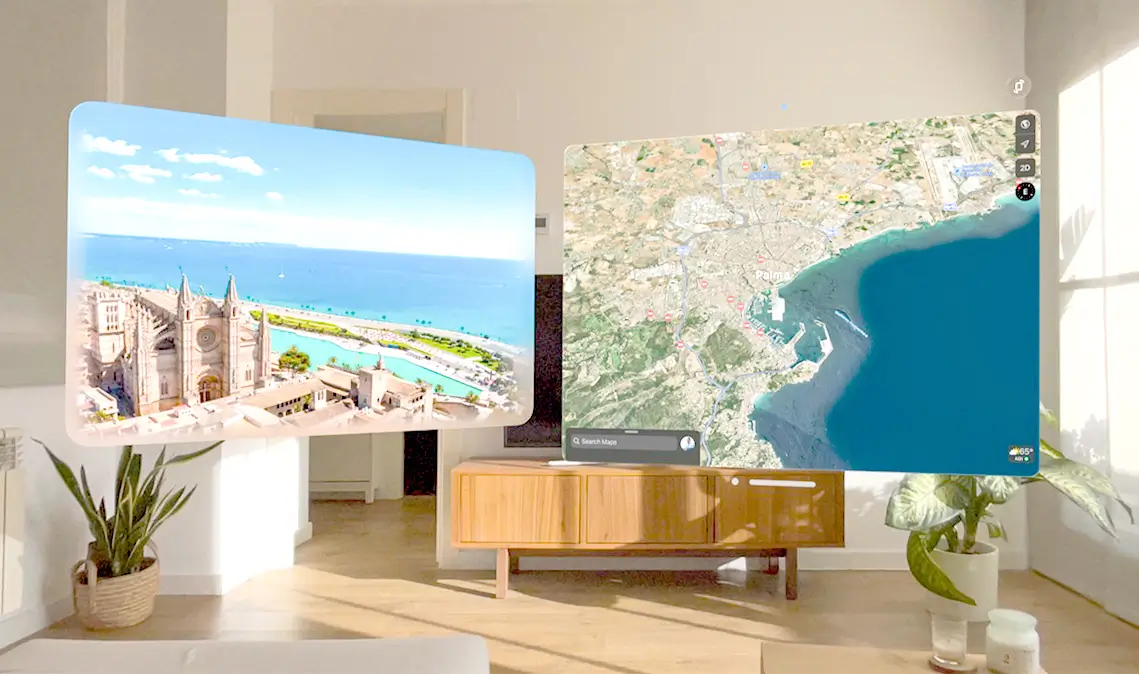
Mallorca ya se puede visitar desde cualquier lugar del mundo. Foto: Pedro Aznar.
And there is more. The application of VR in tourism also boasts enormous potential for education. Schools and universities can utilize these new technologies to conduct virtual excursions to historical locations in Mallorca, providing students with a rich and in-depth learning experience without the costs associated with school trips. We know, it’s not the same as experiencing it first hand. But it is, without a doubt, a wonderful first contact with the island.
From an economic perspective, virtual tourism could open up new markets and revenue streams for the local tourism industry. Tour operators and travel agencies could develop customized virtual tours, offering visitors exclusive experiences such as local festivals and fairs, gastronomic tours, or excursions into nature, which previously might have been limited by the travel season or the physical capacity of the travelers.
As virtual reality technology continues to develop, its application in tourism promises to not only transform how we experience places like Mallorca, but also how we preserve and share the island’s cultural heritage with the rest of the world.
In the not-too-distant future, we could witness how this new technology facilitates a more inclusive and sustainable approach to tourism, opening Mallorca to a global audience, without the drawbacks of overcrowding. So, as the physical and digital worlds continue to merge, the island of Mallorca could position itself at the forefront of this new technological frontier, inviting everyone to experience our beautiful natural wonders from any corner of the globe.
And without leaving the sofa.
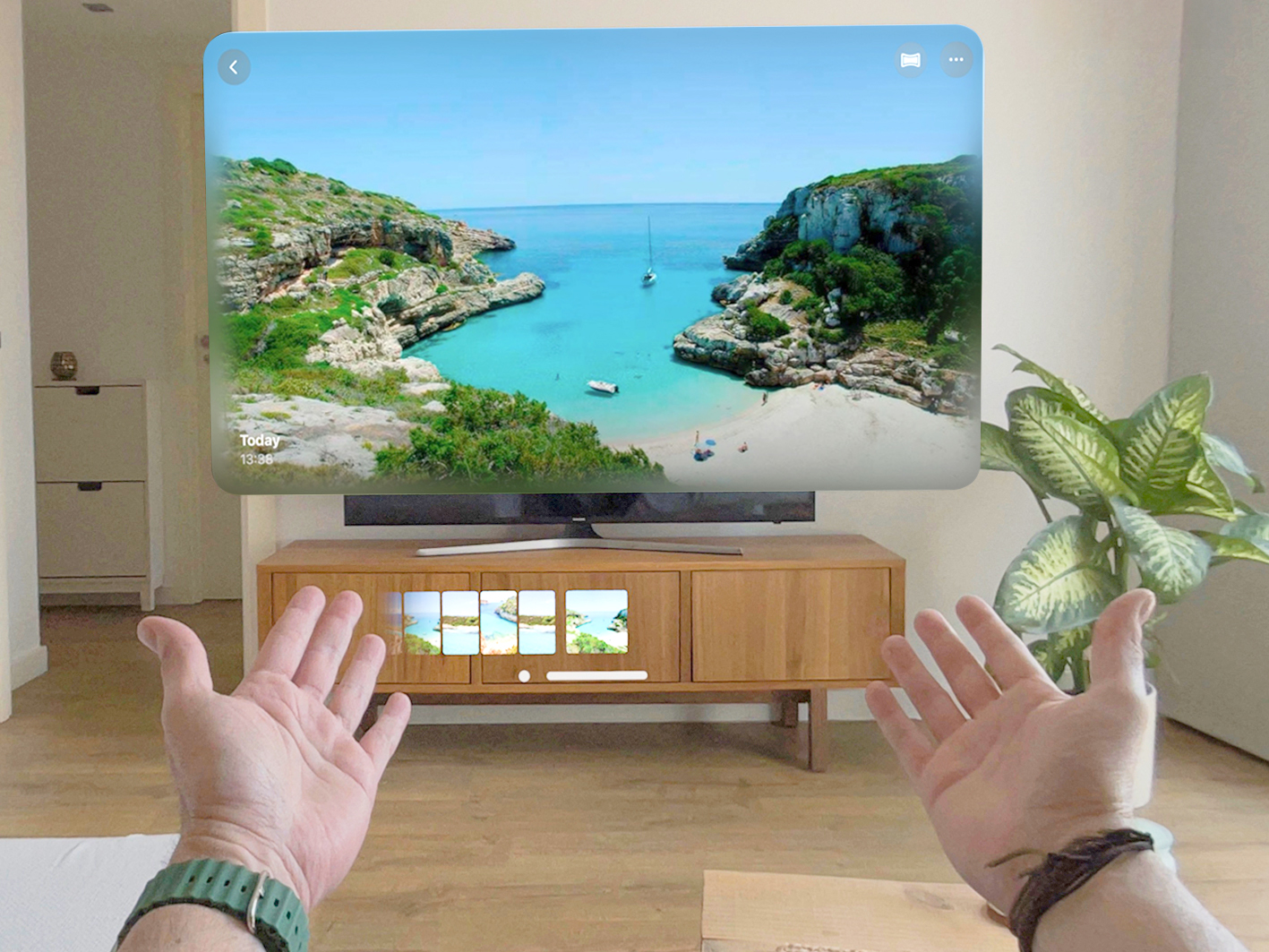
¿Visitar Mallorca desde tu sofá? Sí. Es posible. Foto: Pedro Aznar.

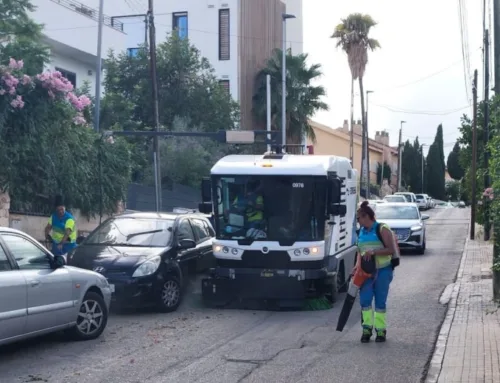
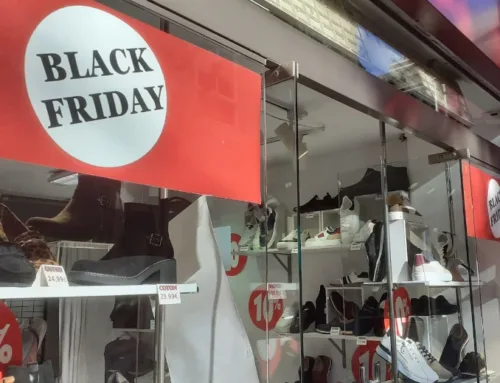
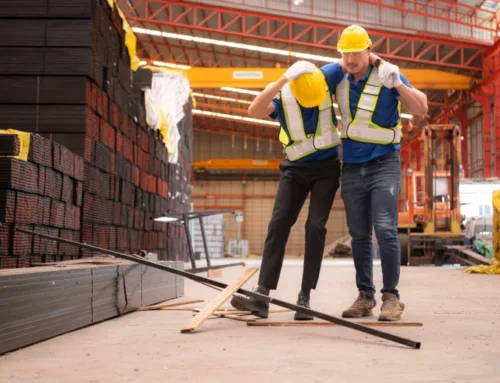
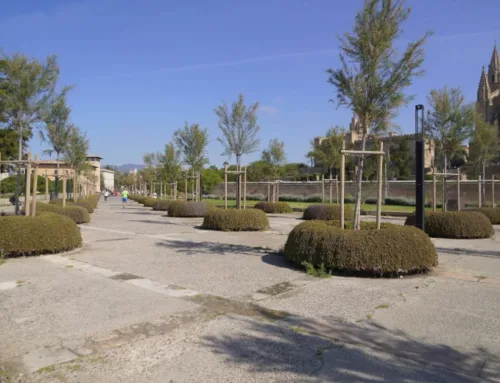
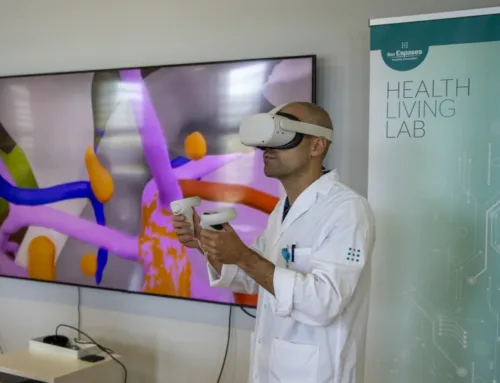

Leave A Comment